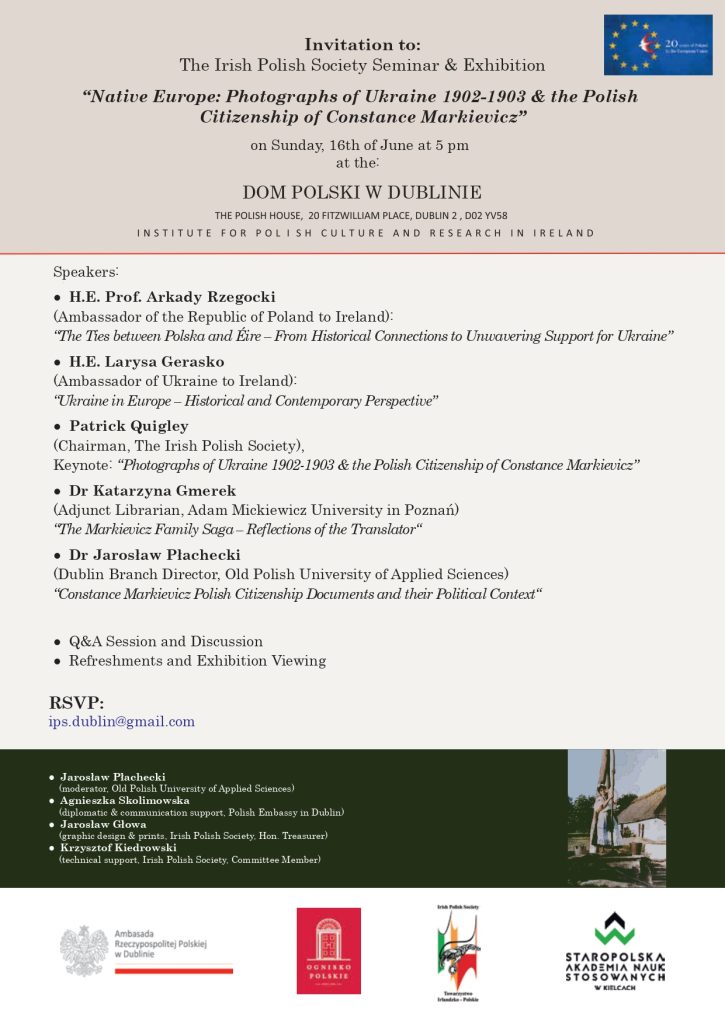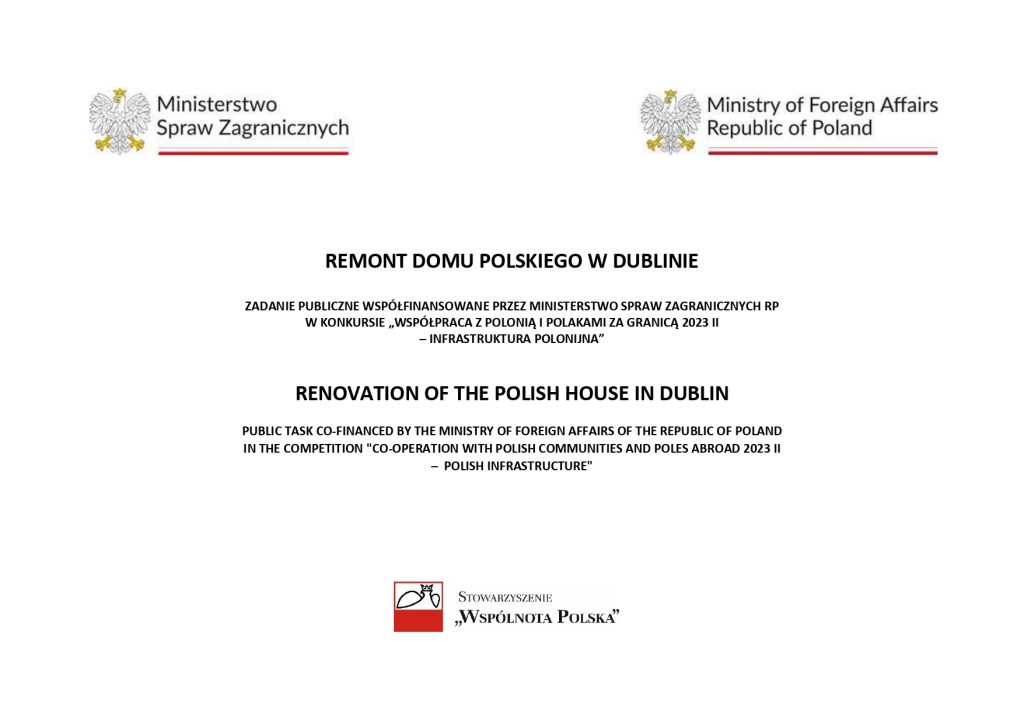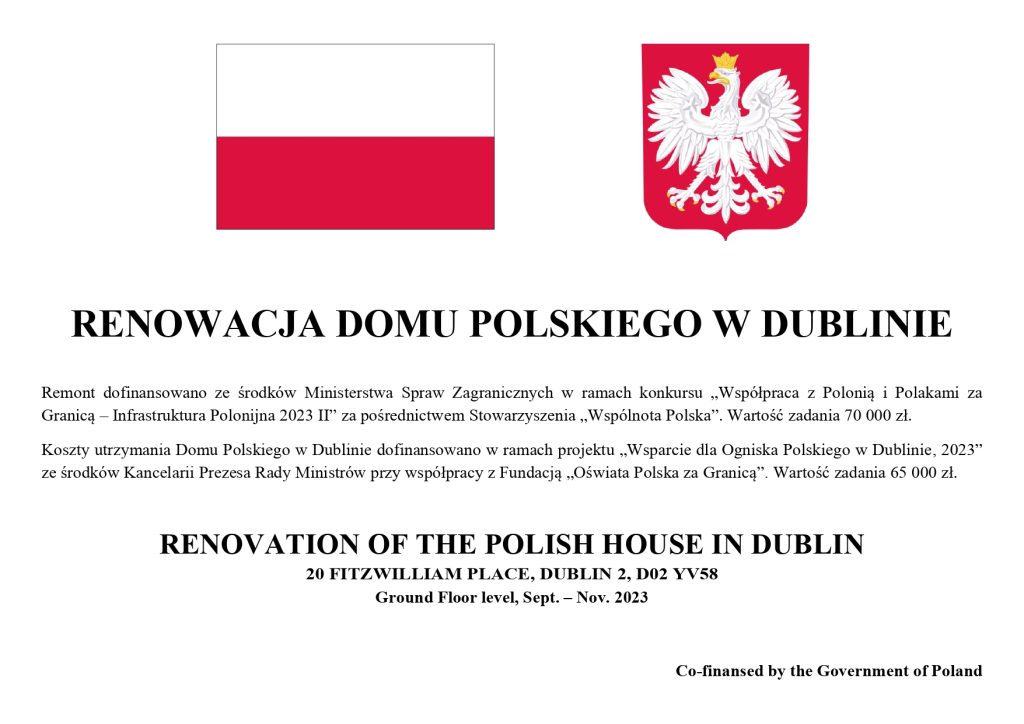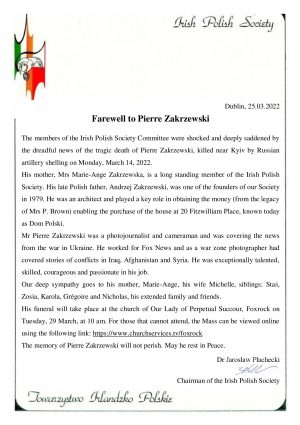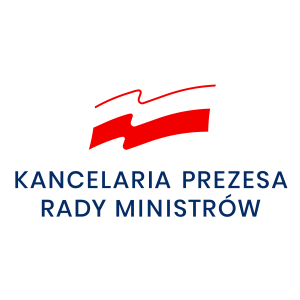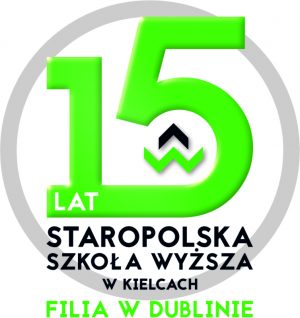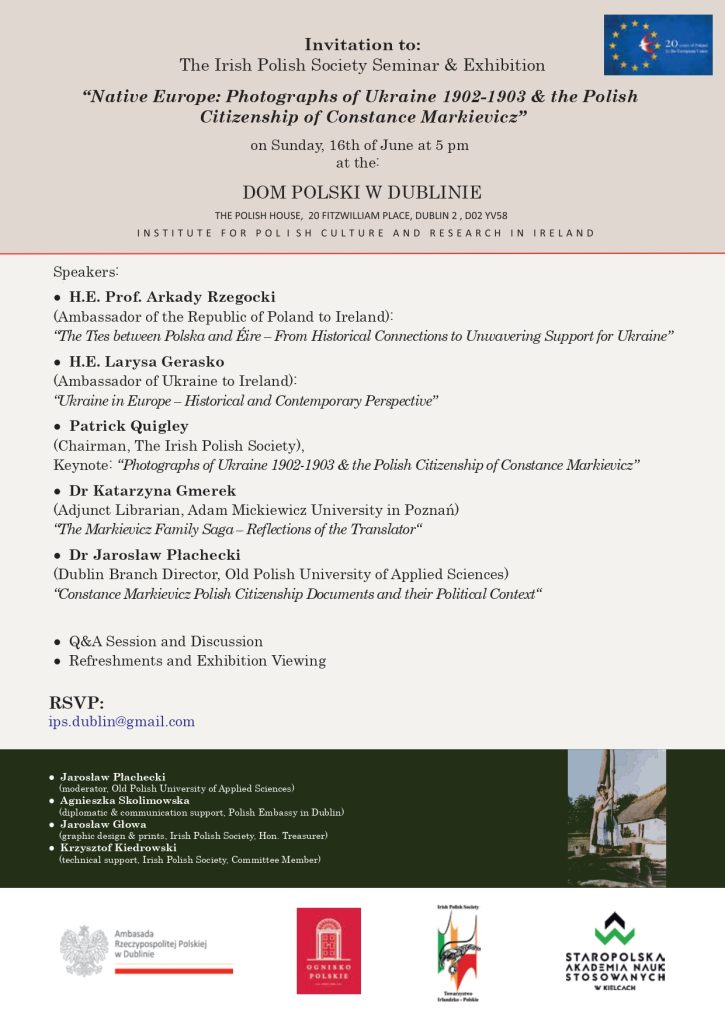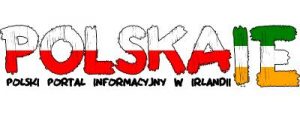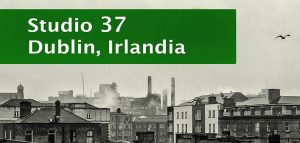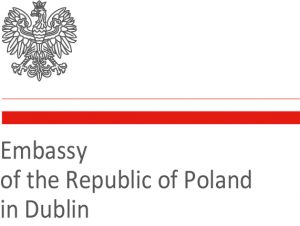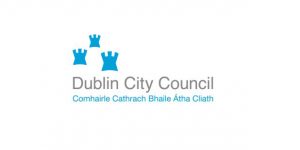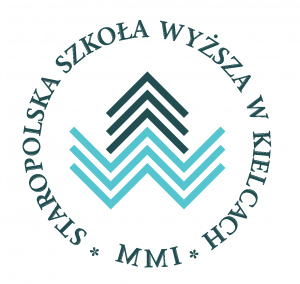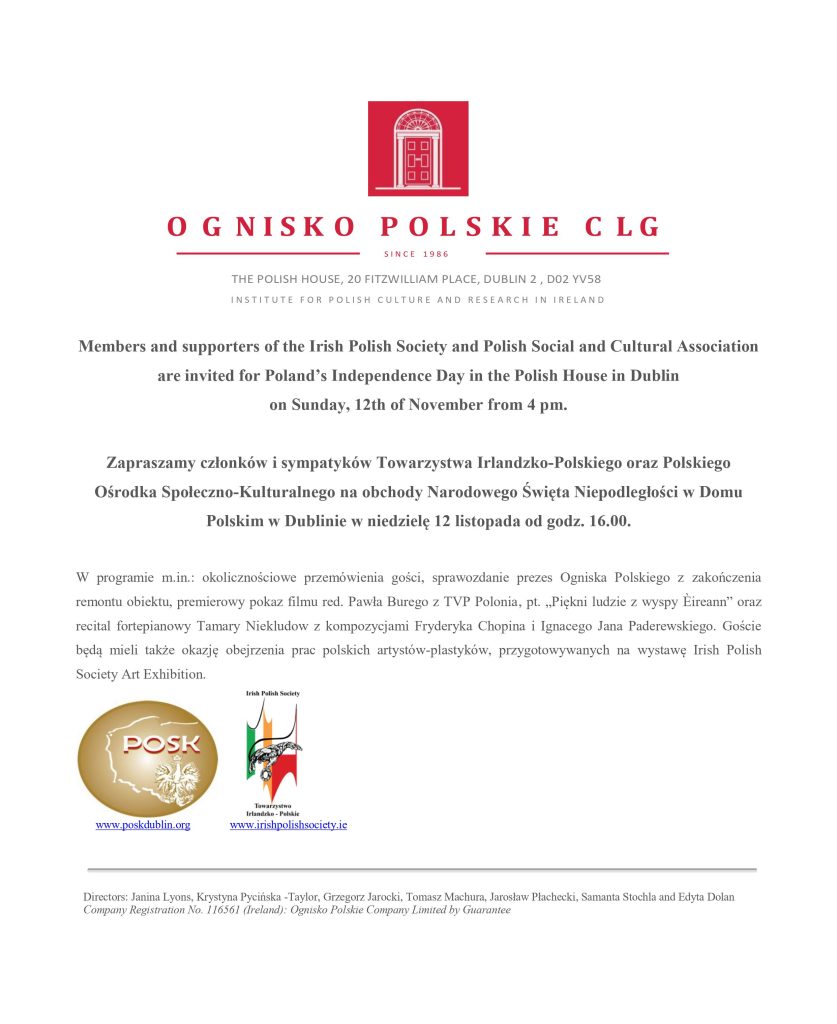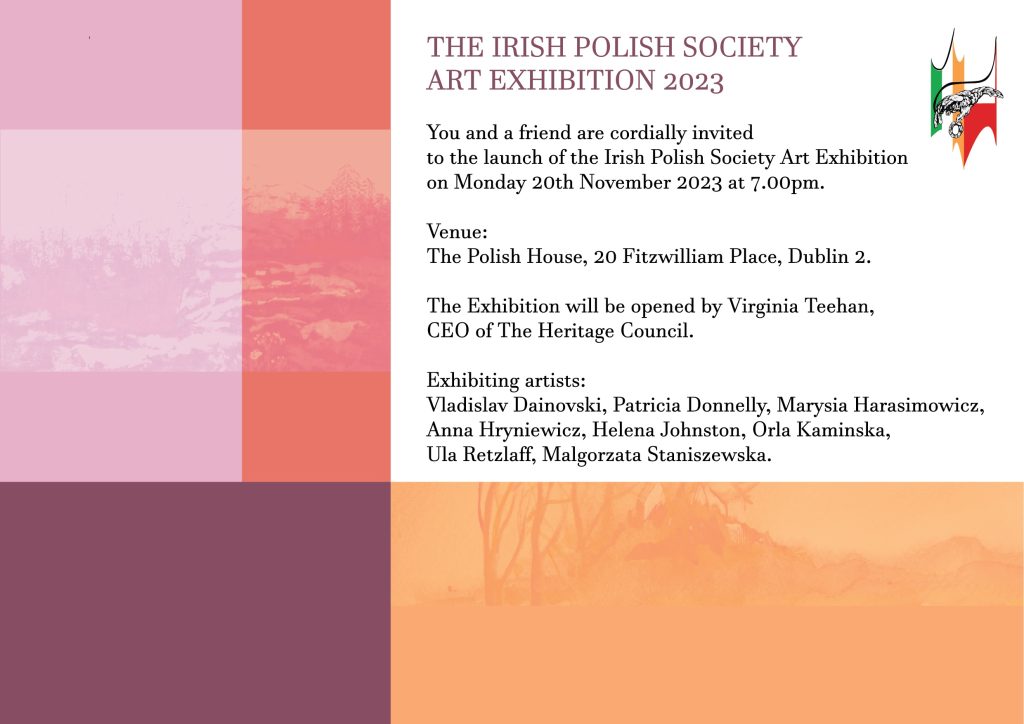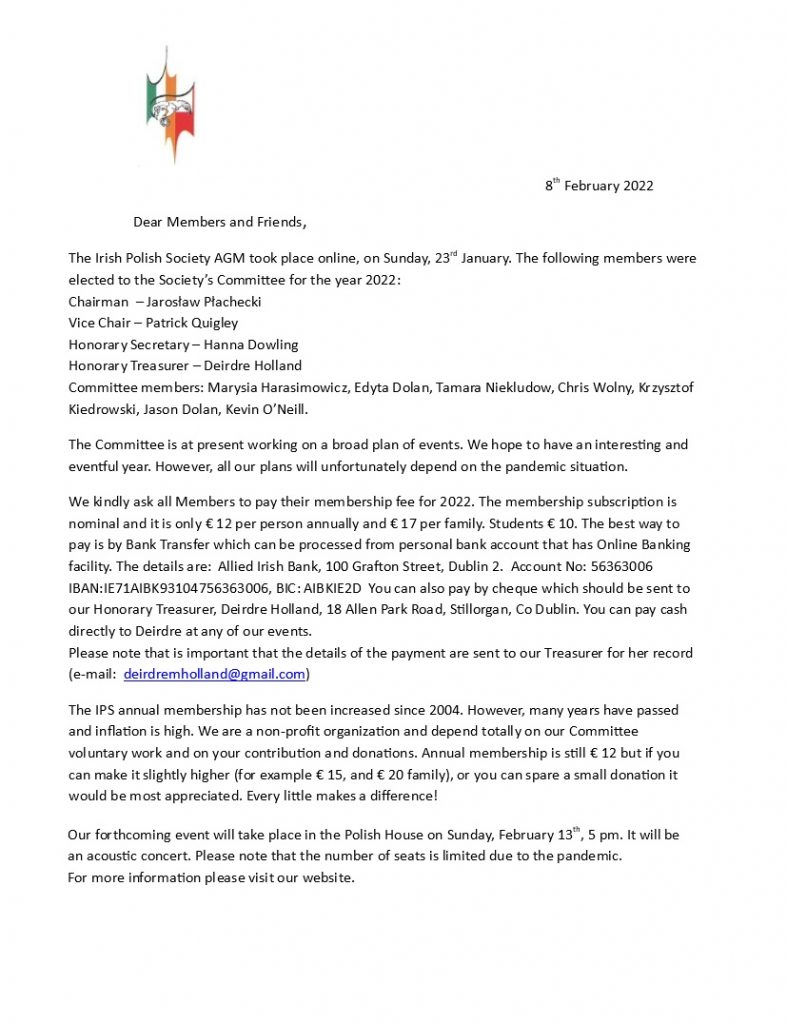PAWEŁ EDMUND STRZELECKI (1797-1873)
March 30, 2015 by IPS · Leave a Comment
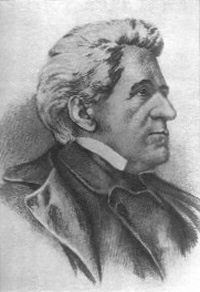 Paweł Edmund Strzelecki was born in 1797, at the manor on the estate Głuszyna (what is today Nowe Miasto, Poznań), the third child of Franciszek Strzelecki and his wife, Anna née Raczyńska. His father, a Polish nobleman, leased the manor and some 900 acres of land. In Australia Strzelecki was referred as ‘the Count’, though he never signed himself as a Count nor approved or used such a title himself.
Paweł Edmund Strzelecki was born in 1797, at the manor on the estate Głuszyna (what is today Nowe Miasto, Poznań), the third child of Franciszek Strzelecki and his wife, Anna née Raczyńska. His father, a Polish nobleman, leased the manor and some 900 acres of land. In Australia Strzelecki was referred as ‘the Count’, though he never signed himself as a Count nor approved or used such a title himself.
His father died when he was six or seven (the date of death is not known) and his mother died in 1807, when he was ten. Mother’s relative took care of him. When he was thirteen, he was sent to the Piarists Fathers’College in Warsaw (considered one of the best secondary schools at the time).
Strzelecki served for a short time in the Prussian army, however the stiff Prussian régime did not suit his character and he submitted his resignation and returned home. There are some suggestions that he deserted the Regiment. Not long after, he became acquainted with a local landower, Adam Turno; it is probable that he became a tutor of Turno’s son. He felt in love with Adam Turno’s daughter, a girl of 15 or 16, Adyna, but was rejected as a suitor by her father. There are stories that Strzelecki attempted unsuccessfully to elope with Adyna, but some biographers find this doubtful. Adyna and Strzelecki exchanged letters over 40 years but they never married. He eventually came to the notice of Prince Franciszek Sapieha, who placed him in charge of a very large estate in the Russian occupied part of Poland (on the eastern outskirts of the former Polish-Lithuanian Commonwealth). Strzelecki was then about 27 years of age and carried out his duties very successfully. In 1829 Prince Sapieha died, and a dispute arose between his son and heir, Eustace, and Strzelecki. Eustace Sapieha refused to pay Strzelecki the prince’s bequest – a huge sum of money and a considerable estate – accusing him of bad faith and prevarication. After some years the dispute was settled and Strzelecki left Poland in 1831. He lived in England from November 1831, from where he travelled to France, Italy and Switzerland. He stayed in England for over two years but little is known about his life there. It is thought that he studied during his time in England; he was interested in geology – a science then in its infancy in England – but he had no formal training and was probably self-taught.
On 8 June, 1834, he sailed from Liverpool to New York. He travelled widely in North and South America, Cuba, Haiti, and went to New Zealand probably about the beginning of 1839. He went on to Australia and arrived in Sydney on 25 April 1839. At the request of the Gover- nor of New South Wales, Sir George Gipps, he made a geological and mineralogical survey of the Gippsland region (named after the Governor Gipps), in present day eastern Victoria.
He discovered gold in 1839, however, Gipps feared the effects of gold on the colony and per-suaded Strzelecki to keep his discovery secret.
Later in 1839 Strzelecki set out on an expedition into the Australian Alps and explored the Snowy Mountain. In March 1840 he alone ascended the highest peak, calling it Kosciuszko (after the Polish military leader and national hero).
He made a journey through Gippsland. After passing the La Trobe River he found it necessary to abandon the horses and all the specimens that had been collected, and try to reach Western Port. For 22 days they were on the edge of starvation, and were ultimately only saved by the knowledge and hunting ability of their guide Charlie (or Charley), who caught native animals which they ate. The party, practically exhausted, arrived at Western Port on 12 May 1840 and reached Melbourne on 28 May. From 1840 to 1842, based in Launceston, Tasmania [Van Diemen’s Land] Strzelecki explored nearly every part of the island, usually on foot with three men and two pack horses. He left Tasmania on 29 Septem- ber 1842 by steamer and arrived in Sydney on 2 October. Towards the end of that year he was collecting specimens in northern New South Wales and on 22 April 1843 he left Sydney after having travelled 11,000 kilometres through New South Wales, Victoria and Tasmania, examining the geology along the way. He travelled to England, visiting China, the East Indies and Egypt on the way.
In 1845 he published his Physical Description of New South Wales and Van Diemen’s Land which was awarded the Gold Medal of the Royal Geographical Society. In 1845 he became a naturalised British subject.
Towards the end of 1846, the Great Famine was under way in Ireland. In January 1847, in London, a charity was formed called the British Association for the Relief of Extreme Distress in Ireland, with the sum of £500,000 subscribed for the relief of the sufferers. Strzelecki offered his services to the Association and was appointed as agent to superintend the distribution of supplies in counties Sligo, Mayo and Donegal. He went to Sligo, passing Dublin, on January 26, 1847. His first task was to supervise the distribution of cargo brought by the ship Scourge to Killybegs. His first official report was written in Westport a few days later. In the most badly-stricken western areas he devised a scheme for feeding children warm broth and rye through the local schools. In June 1847 he was transferred to Dublin as Superintendent of all agents in Ireland (Executive Officer). He did extraordinary and unpaid famine relief work, though for a time he was incapacitated by typhon fever. Between October 1847 and July 1848 he organized the distribution of £249,386; in the same period the British government spent £156,000 on famine relief.
In 1847 he informed the British Association’s headquarters in London: “You may now believe anything which you hear or read, because what I actually see surpasses what I ever read of past and present calamities”.
On 4th May, 1849, Strzelecki reported on the Operation before a special Committee of the House of Lords. The Committee put 142 questions to him which he answered.
For his work in Ireland he was awarded the Order of Bath by Queen Victoria.
Strzelecki helped impoverished Irish families to seek a new life in Australia.
Later he was also active in helping injured soldiers during the Crimean War (1853-56), being personally acquainted with Florence Nightingale.
(Prepared by Hanna Dowling)
March 2015

